
If aliens are real, are they hiding in plain sight?
The search for extraterrestrial life isn’t a new one. Ever since humanity discovered we’re capable of escaping our own atmosphere we’ve been sending, probes, signals, rovers, and occasionally people up into space to learn more about our galaxy & its potential for other life – alien life.
There’s one problem though – as humans who have only ever lived on Earth we only know what carbon-based organisms look like. Specifically carbon-based creatures used to our atmosphere and an abundance of liquid water. When we go looking for aliens elsewhere, the planets & moons we explore aren’t going to be like Earth.
They’ll be much hotter or colder, they might not have liquid water, their atmospheres will likely have different gas compositions – the list of possible variables goes on and on. This means we could potentially overlook the idea of investigating a planet teeming with life, simply because we don’t know what to look for. It’s entirely possible (verging on likely) that life elsewhere is unlike anything here on our planet.
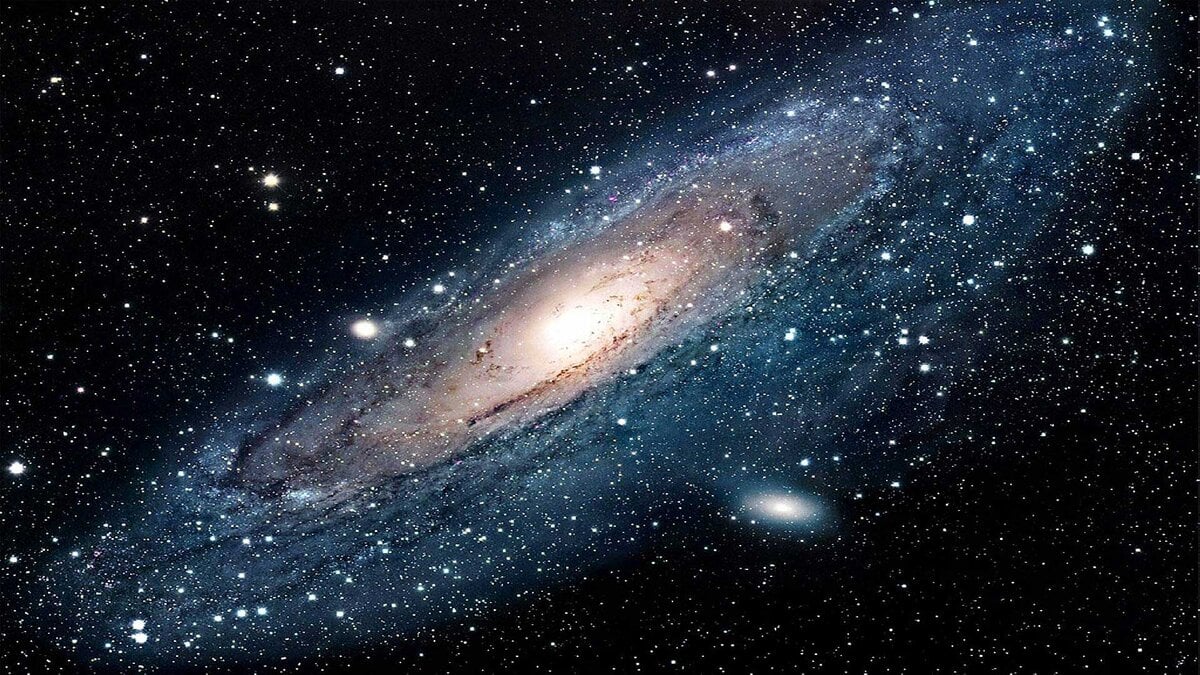
Where are we looking now?
NASA realizes they shouldn’t be discounting too many planets & moons while on the search for life – but they also acknowledge the fact that carbon-based life is the only life we know without a doubt works and exists.
So yes, there are scientists wondering if Venus, despite its sulfuric atmosphere and extreme temperatures, is hosting life in the clouds, and yes there are scientists positing there could be hydrocarbon lifeforms that essentially drink gasoline on Saturn’s moon Titan.
However, despite these interesting and maybe even accurate hypotheses, NASA’s efforts are mainly focused on finding places with as many similarities to Earth as possible. It just seems like our best bet in finding aliens.
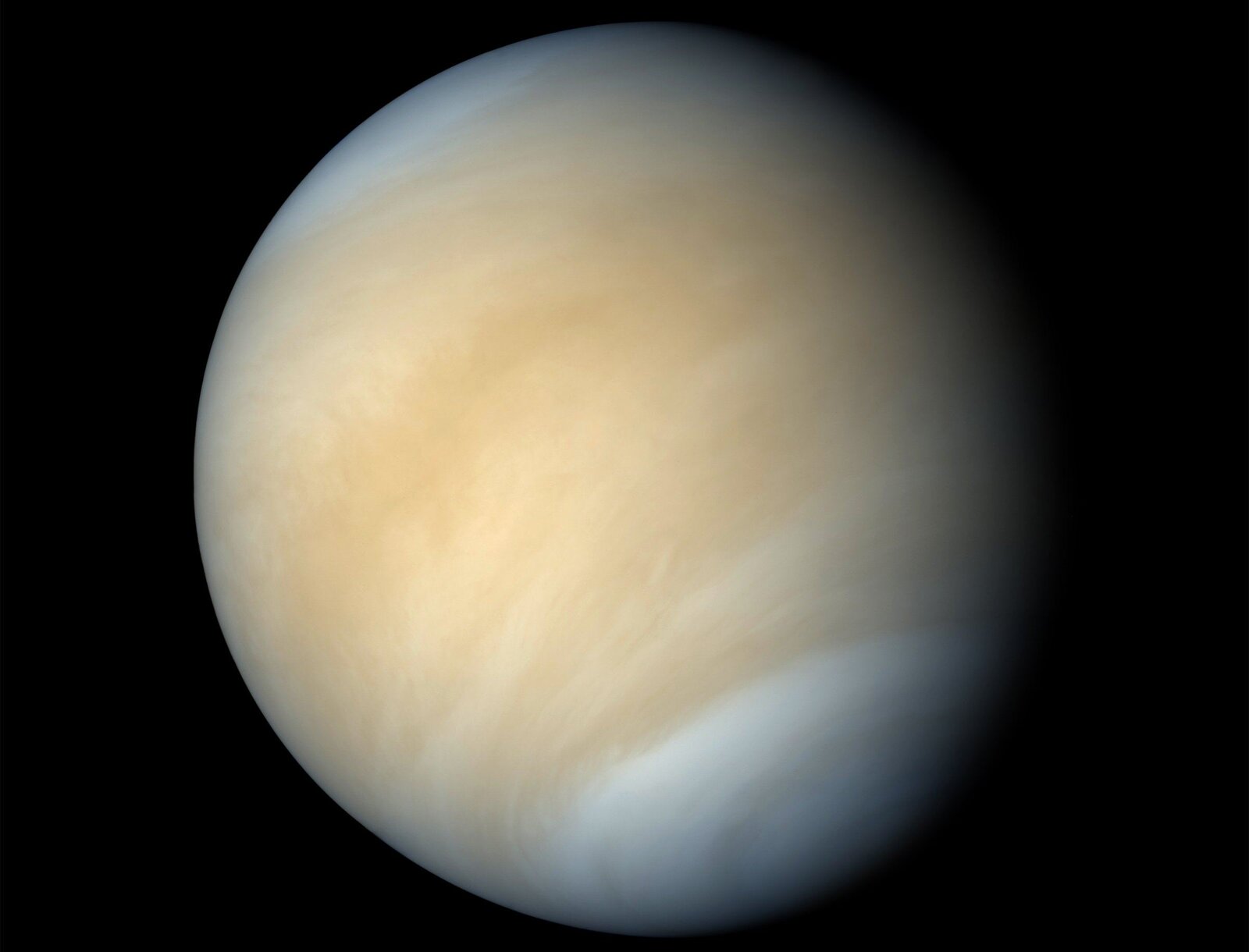
What is life?
Okay, the question “what is life?” sounds like the beginning of an existential spiral, and while we’ve been there before that’s not where we’re headed this time. Part of the problem in the search for real alien life is that we don’t actually have a definition for what life is.
Biology classes often attempt to provide students with a definition for what life is, but there isn’t a true consensus on what the definition is for Earth life, let alone what alien life in the universe might look like.
Some common things middle school biology classes will describe as being key parts of life are “reproduction, consumption, creation of waste, and the ability to die”. NASA’s working definition – though it isn’t official – is “a self-sustaining chemical system capable of Darwinian evolution”.
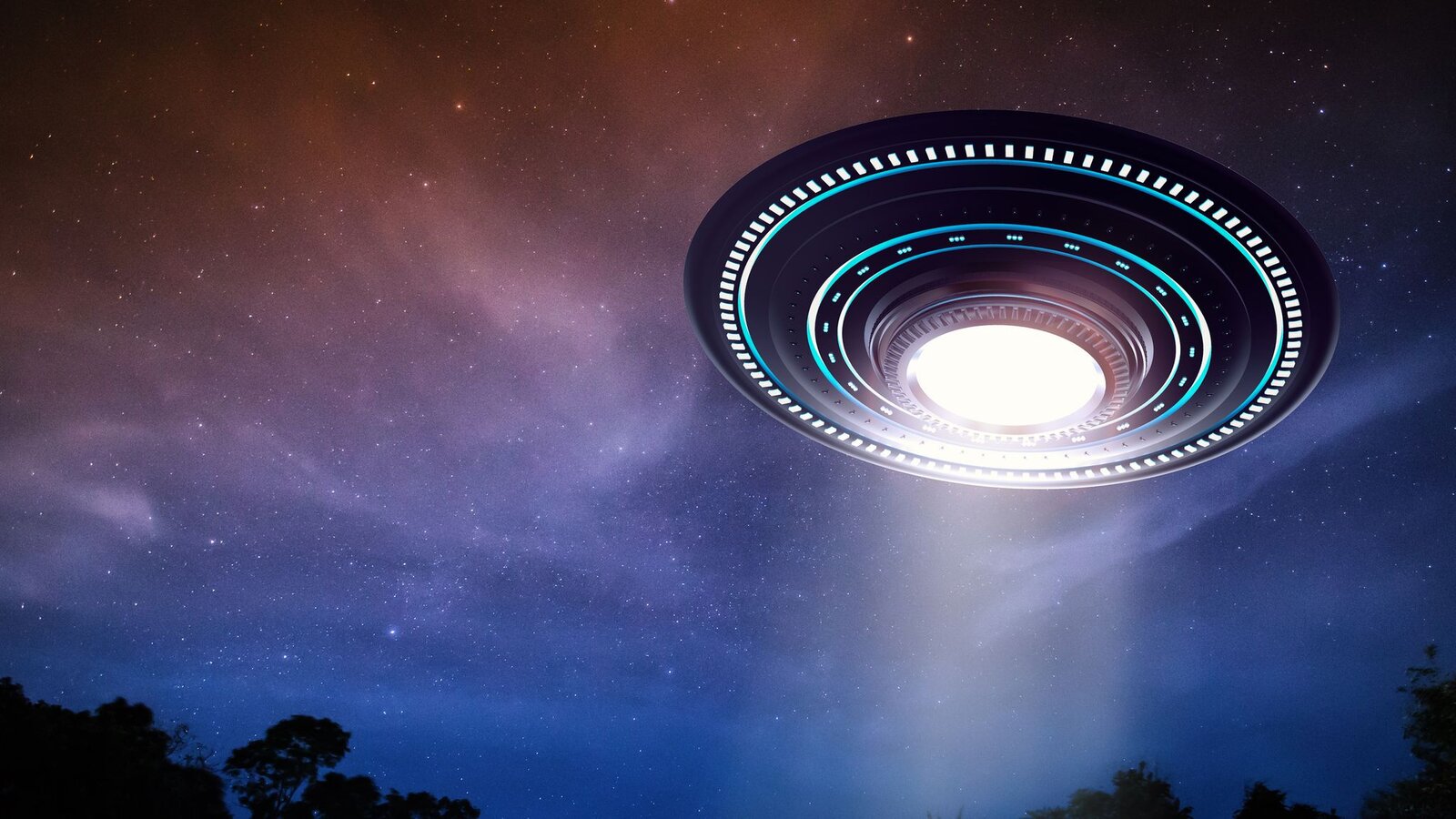
Biological learning
The definition provided by low-level biology classes often means viruses are deemed “not alive”, which means our most common definition of life can’t even cover all the organisms on our planet, let alone what may be on others.
NASA’s definition actually would include viruses under the definition of alive, however, so it is certainly more inclusive and open minded, though some skeptics believe “Darwinian evolution” should be changed out for a broader term such as “biological learning”.
What’s the difference between “Darwinian evolution” and “biological learning”? Biological learning could have similar results as Darwin’s evolution, but under different circumstances – for example maybe the organism changes over time without competition or survival of the fittest being a factor.
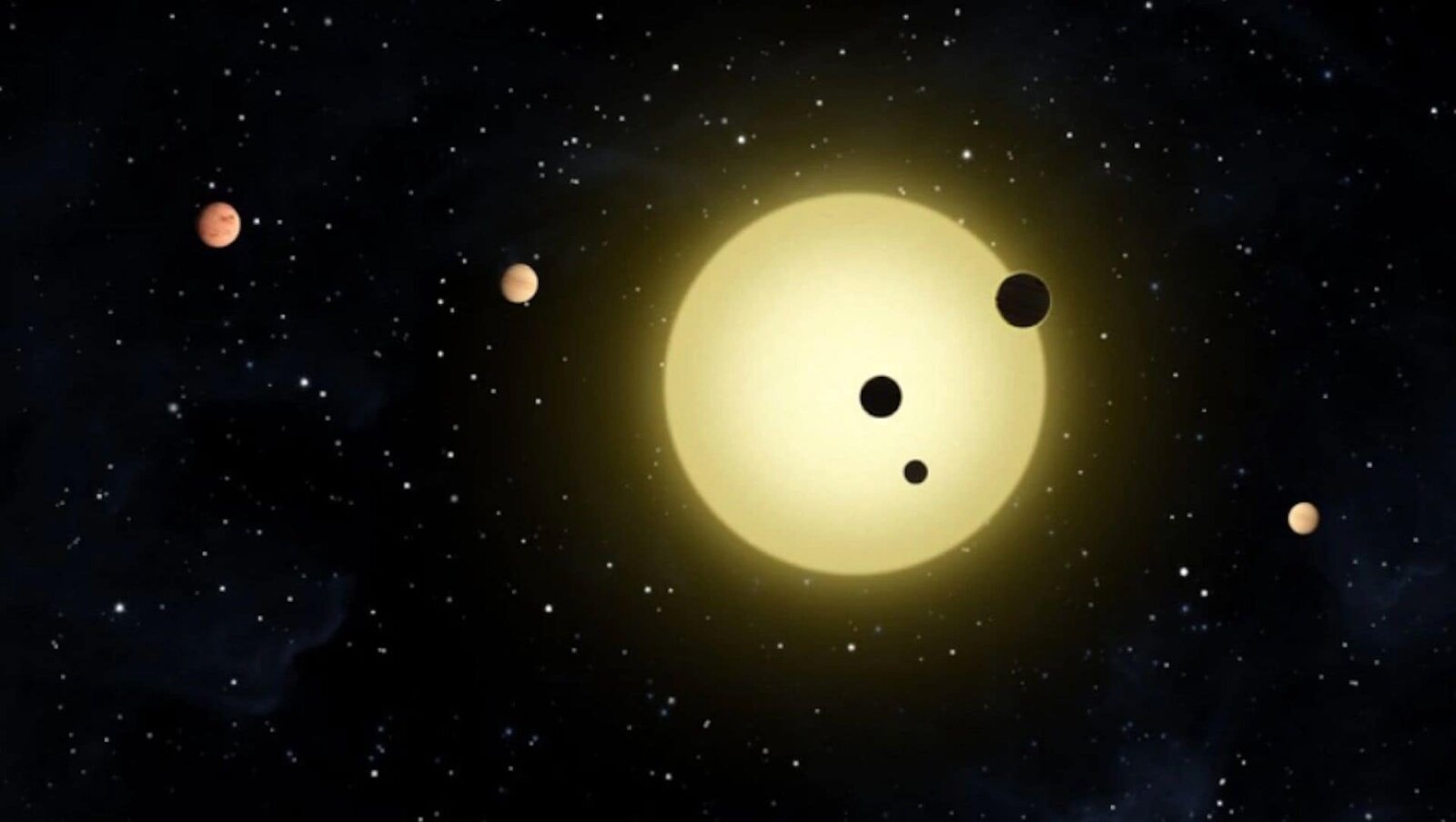
Are aliens real?
This is a big question and one that continues to feel more pressing and important as humans continue to develop & begin to wonder if we’ll outgrow the constraints of Earth. It’s at this point it’s hard not to mention both the Drake Equation and Fermi’s Paradox.
The Drake Equation mathematically says that if life happened here then it should be possible elsewhere. The equation is complicated and full of variables, but allows scientists to figure out the odds of other intelligent life based on information as it evolves – the bottom line is always that there should be other planets with life – no matter how abundant or rare.
Fermi’s Paradox also says there should be life, but acknowledges the fact that mathematically, we probably should have met intelligent life capable of interstellar travel by now. So, the fact we haven’t is maddening, eerie, and odd to say the least.
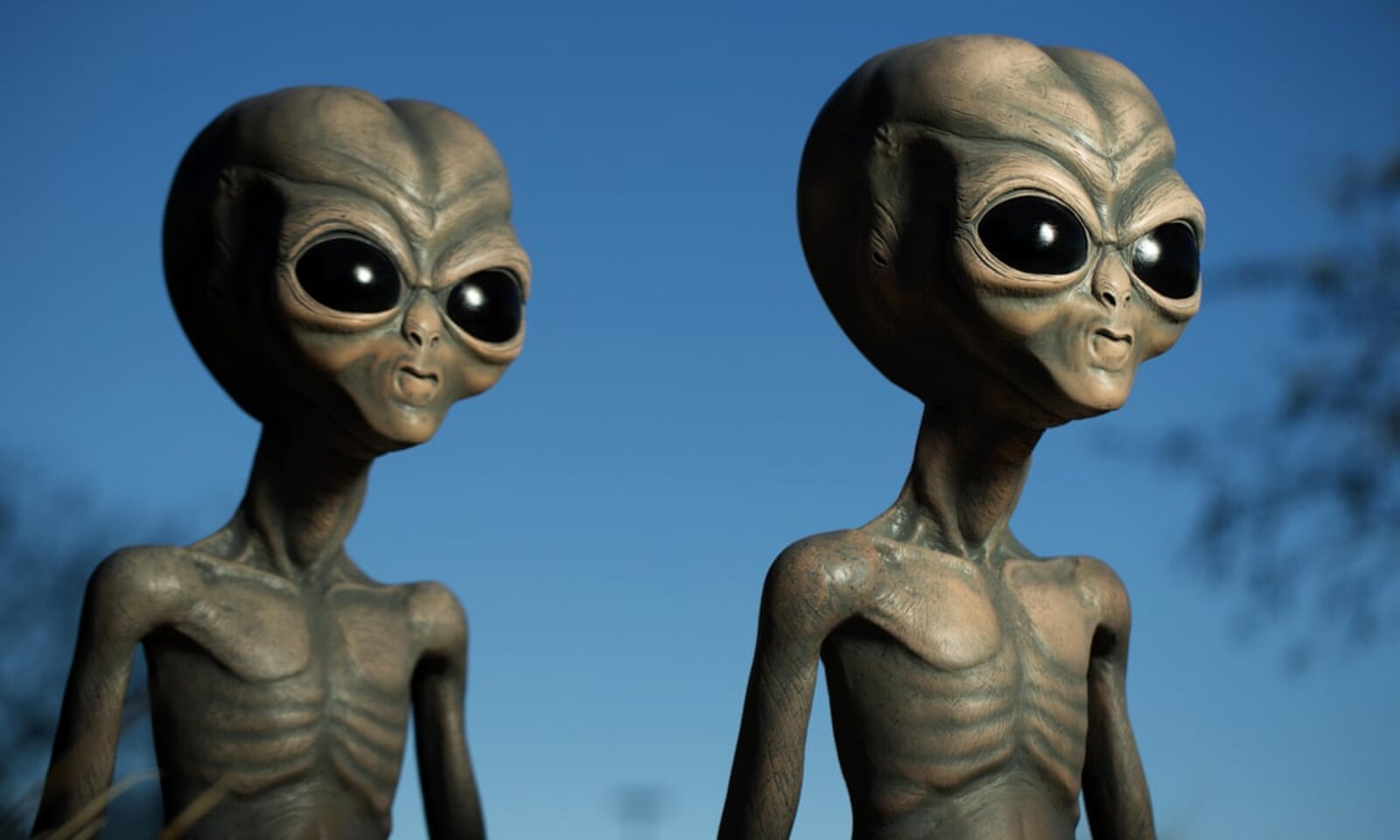
The search continues
For now, we’ll just have to keep searching for life as we know it and as we imagine it could be – it’s the best we can do. NASA is currently asking for civilian assistance in spotting exoplanets that could contain alien life.
We hope real life doesn’t have the same disappointing plot twist Ad Astra did – that there are no aliens – because that brings up a whole other can of existential questions. Also, if you haven’t seen Ad Asta we do not apologize for this spoiler because it isn’t worth watching anyway. Just rewatch Independence Day if you want an alien movie.



